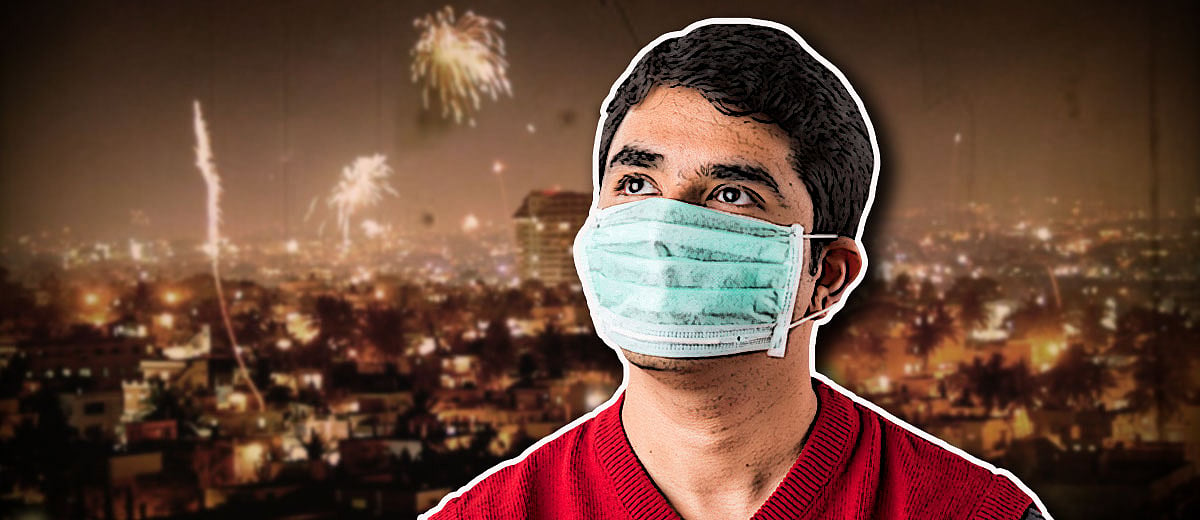India’s Supreme Court passed an order on October 9, 2017 prohibiting the sale of firecrackers till the end of the Diwali season (November 1) in Delhi and the National Capital Region (NCR).
The court said it wanted to observe the effect of a firecracker-free Diwali on pollution levels in the city. The apex court has refrained from relaxing its order despite being accused of being insensitive to sentiments of many Hindus and also despite appeals from the trader community.
In 2016, post Diwali, the air quality of the national capital deteriorated severely and the city was covered with toxic smog. The Supreme Court stepped in imposing a ban on the sale of fire crackers in November 2016.
However, the court relaxed its order on September 12, 2017 only to be reversed on October 9th, days ahead of Diwali this year.
What happened to air quality in Delhi during the Diwali season in 2016
Air quality had deteriorated at an alarming rate as PM 2.5 levels hit record high in several parts of the city.
PM 2.5 areparticulate matter smaller than 2.5 micrometers found in the air. These microscopic solid particles and liquid droplets upon inhalation can penetrate deep into the respiratory tract and lungs increasing the risks cardiopulmonary diseases such as asthma, bronchitis and can even lead to a stroke.
The prescribed standard for 24 hour average PM 2.5 level in the air is 60 μg/m3 as set by the Central Pollution Control Board (CPCB), India’s pollution watchdog. This is much higher than the 25 μg/m3 standard set by the World Health Organisation(μg/m3 refers to micrograms per cubic metre).
On the day of Diwali, PM 2.5 levels in Delhi had crossed severe levels. (see the definition of severe, below)








